How-To Guide On Google Stacks: Seo Mastery

Welcome to our comprehensive guide on how to master SEO using Google Stacks. This proven technique leverages the power of Google’s own ecosystem to boost your website’s ranking and visibility in search engine results. Understanding and effectively applying Google Stacks can seem daunting, but this blog aims to break down the process into digestible steps, ensuring you grasp how to use this tool for maximum SEO benefit.
Whether you’re an SEO professional, a business owner striving to increase online visibility, or a marketing student looking to upskill, you’ll find this guide invaluable. We’ll explore what Google Stacks are, why they are essential for a strong digital strategy, and provide practical tips on how to create and optimize them effectively. Let’s dive in and discover how you can harness the power of Google Stacks to propel your website’s SEO performance.
Understanding Google Stacks
The concept of Google Stacks revolves around utilizing various Google properties like Docs, Sheets, Slides, Maps, and Sites to create publicly sharable files that link back to each other and your main website. This interlinked network significantly boosts your site’s authority due to perceived “votes” from these trusted domains. For a better grasp on implementing this tactic proficiently, consider exploring the Google Authority Stacks Service, which provides expert assistance in stacking these properties effectively.
When executed properly, these stacks do not only support your primary site with additional link juice but also increase overall content visibility through diverse formats that Google inherently trusts. This also creates a natural buffer of relevant content around your main site, shielding it against potential negative SEO attacks.
:max_bytes(150000):strip_icc()/2_Stack_logo_16_9_1000x9122x.max-1000x1000-0040e0e26e914d14a61613767fe99276.png)
Setting Up Your Google Stack
Starting with a strategic blueprint is crucial for building your Google Stack. Begin by identifying the core Google Applications that are most relevant to your content and audience. Typically, you’ll use Google Docs for articles, Google Sheets for data representation, Slides for presentations, and Google Sites to create a hub connecting all these elements. Remember that each piece should be content-rich and tailored towards engaging your specific target audience.
Additionally, securing every element with proper SEO techniques such as keyword optimization and metadata enhancement is pivotal. You should consistently integrate primary and secondary keywords across your documents which reflect common search terms in your niche. This coherence not only supports SEO but improves overall stack effectiveness.
Interlinking Strategy within Stacks
To maximize the benefits of Google Stacks, deploying an intelligent interlinking strategy between all created assets is essential. Each component within the stack should seamlessly connect in a manner that enhances user experience while multiplying the passing link juice among all properties. Structure logical pathways that encourage traffic flow from less authoritative assets like Slides or Sheets back towards higher trust assets like Docs and ultimately to your main site.
This method not only enhances overall stack strength but also attracts more organic traffic by creating multiple entry points across diverse content formats within the stack. Keeping links relevant and user-centric ensures longevity and efficacy of your stack in boosting SEO.
Leveraging Additional Features
Boosting your Google Stack’s efficiency can involve leveraging additional features such as embedding YouTube videos created under the same Google account or integrating Forms for user interaction, which can serve as further engagement points. Utilize these tools to make each asset more interactive and engaging while maintaining a tight thematic link back to your main subject matter.
Moreover, capitalize on sharing options by setting up proper viewing permissions and publicly sharing the links wherever relevant, such as in forum posts or on social media platforms related to the topic discussed within each stack element. These tactics not only increase the reach but also boost indexing speeds of your content across the web.
Monitoring and Updating Your Stack
Maintenance plays a crucial role in ensuring lasting results from your Google Stack efforts. Regularly check analytics to assess performance metrics like user engagement rates or inbound traffic sources. These insights will guide necessary tweaks or updates required within different parts of the stack or adjustments in linking patterns to improve effectiveness.
Do not hesitate to refresh content within elements periodically or introduce new assets into the ecosystem as updating provides newer data which can reignite engagement and enhance comprehension of existing interlink relationships across your stacked content.
In conclusion, mastering Google Stacks offers strategic leverage by enhancing your website’s visibility and authority through interconnected means within Google’s reliable ecosystem. By comprehensively understanding what makes an effective stack and keeping abreast with its maintenance,
you can ensure that this powerful strategy significantly betters your SEO endeavors over time. With thoughtful planning and meticulous execution highlighted in our guide today, navigating through setting up successful Google Stacks becomes straightforward for any adept digital marketer or business owner looking toward sustainable online growth.



